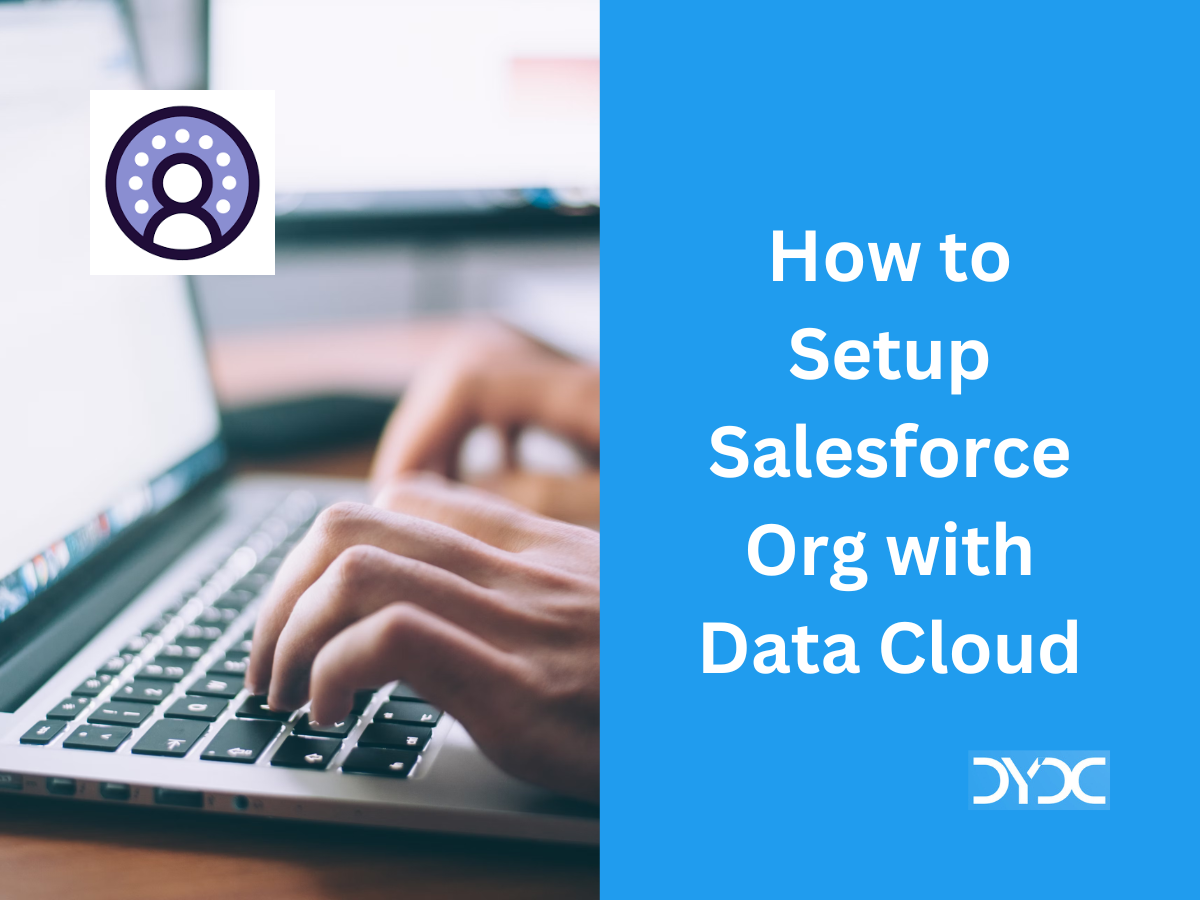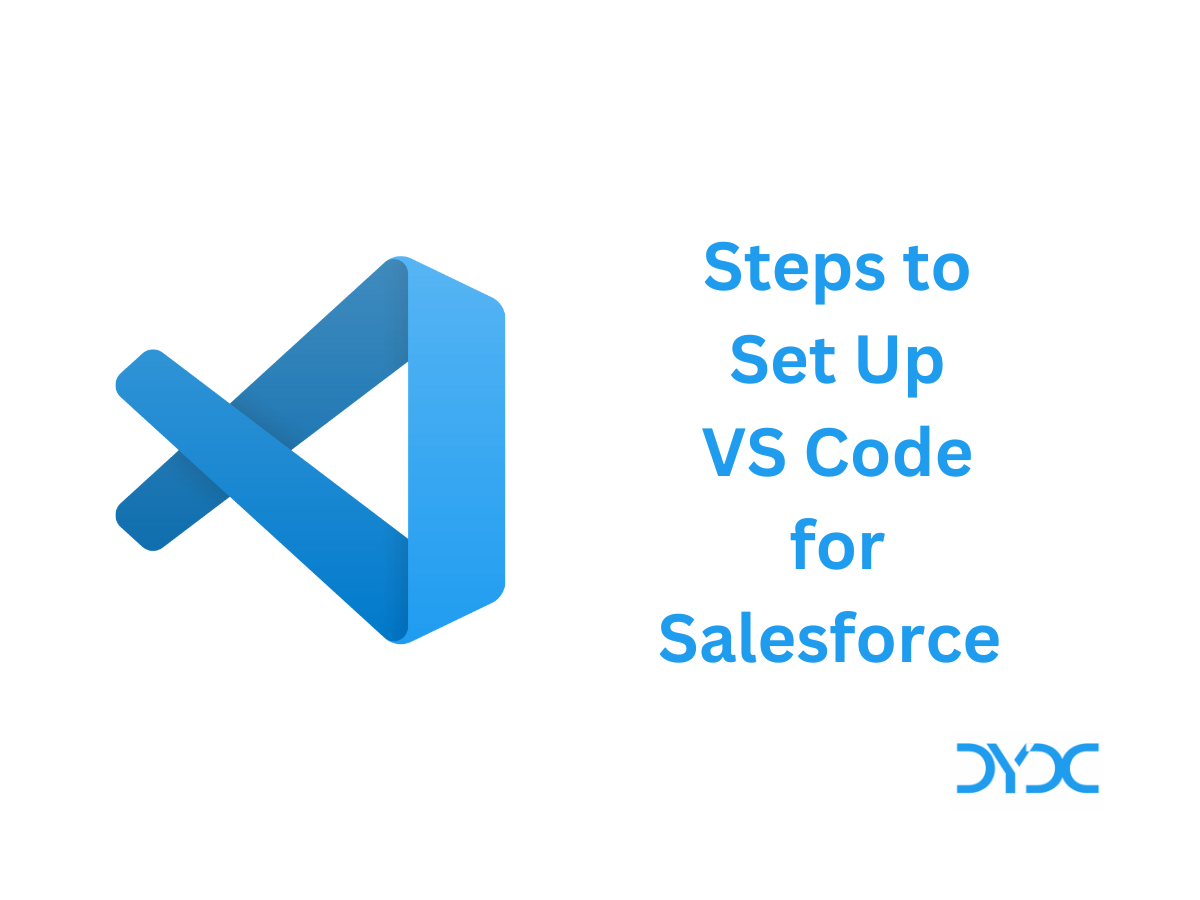You can use the Salesforce Migrate to Flow Tool to convert your workflow rules into Flows with a few clicks as Salesforce is planning to retire Workflow Rules in the near future.
1. Salesforce Migrate to Flow Tool
Step 1. From Setup, in the Quick Find box, enter Migrate to Flow, and then select Migrate to Flow. Or from Setup, on the workflow rules page, click Migrate your workflow rules to flows.

Step 2. Select a workflow rule and click Migrate to Flow.

Step 3. Test your resulting flow in Flow Builder. Then click on Switch Activations to deactivate the workflow rule that you converted to a flow and activate the new flow.

2. Salesforce Migrate to Flow Tool Considerations
2.1 Considerations
If a workflow rule contains only field updates, the tool converts it into a fast field update (before-save) flow.
2.2 Supported Workflow Rules
The Migrate to Flow tool supports workflow rules that contain these items.
- Field-based criteria
- Field updates
- Email alerts
- Outbound messages
- Time-dependent workflow actions
- Rule criteria formula that’s set to true (unless evaluation criteria is also set to created, and any time it’s edited to subsequently meet criteria)
Equal tonullNot equalto null- Rule criteria formula
Workflow rules that contain the following can’t migrate with the Migrate to Flow tool.
- Criteria with no defined workflow actions
- Global variable fields
- Fields on related records
- Record types
- The
does not contain,includes,excludes, orwithinoperators - The
greater than,greater or equal,less than,less or equaloperators on picklist fields - Formulas that use
Hour,Minute,Second,TimeNow,TimeValue,IsClone, or$RecordType - Tasks
- Relative date values in date fields
- Multiple currencies
2.3 Manual Conversion Methods
Certain features are unsupported by the Migrate to Flow tool, but you can manually convert them.
To manually convert workflow rules with unsupported use cases in entry criteria, use the Decision element.
- Create a Decision element inside the Flow as the first step.
- Recreate the workflow rule steps with the condition builder.
Note: With this method, the flow will always run and check on the decision after entering. This method can impact performance or prevent time-based workflow triggers from migrating.
To manually convert workflow rules that use the does not contain operator, use custom condition logic. For example, create a condition that uses the Contains operator in the first condition, and in the condition logic, enter NOT 1.
To manually convert workflow rules that use tasks, use the Create Records option and create a record of the Task object.
Flows support workflow actions for Email Alerts and Outbound Messages. To add these workflow actions to a flow, use the Action element.
To replicate relative date values, such as TODAY or NEXT WEEK, use the Decision element.
Additional Resources
Recommend Articles
- How to Pass Salesforce Business Analyst Certification Exam?
- Salesforce Certified User Experience (UX) Designer Exam Guide
- How to Pass Salesforce Strategy Designer Certification Exam?
- Top 7 VSCode (Visual Studio Code) Extensions for Salesforce Developers
- Top Salesforce Interview Questions and Answers for 2023


